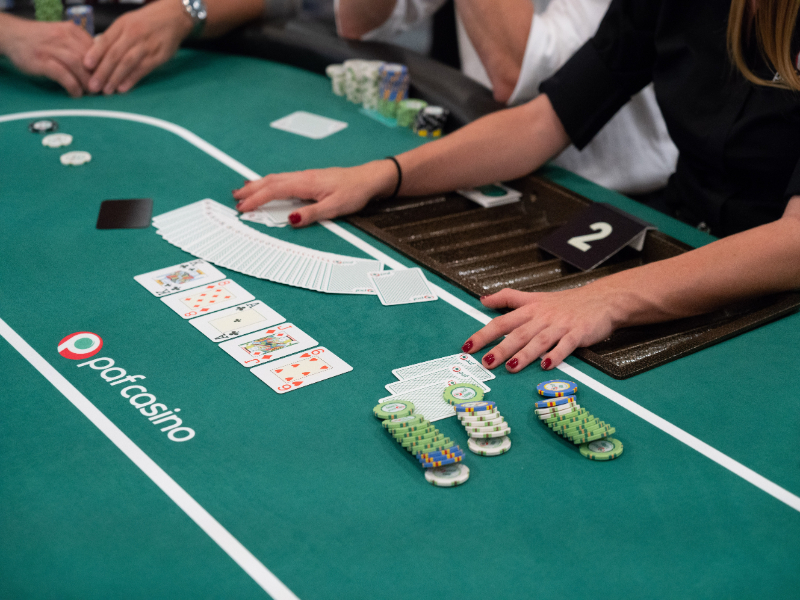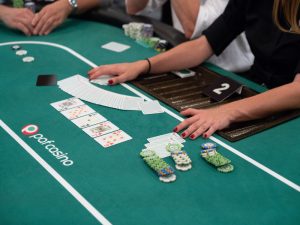How do lottery draws verify Bitcoin gambling randomness?

Bitcoin lottery systems implement sophisticated verification mechanisms that ensure genuine randomness through cryptographic proofs and blockchain transparency. These verification processes go beyond traditional lottery methods by providing mathematical certainty about outcome fairness that players can independently confirm. The combination of cryptographic hashing, blockchain immutability and public verification creates unprecedented transparency in lottery gambling operations. Modern lottery verification systems demonstrate the same transparency principles used across Bitcoin gambling applications. Although players may use for live roulette bitcoin visit crypto.games/roulette/bitcoin according to their gaming experiences, lottery draws showcase how blockchain technology can provide verifiable randomness that eliminates doubts about fairness and manipulation in all gambling contexts.
Cryptographic seed generation
Bitcoin lottery draws utilize multiple entropy sources combined through cryptographic hashing to create verifiably random seed values that determine winning number selections.
- Server-generated seeds use hardware random number generators combined with system entropy from unpredictable computer processes
- Client-provided seeds allow players to contribute randomness inputs that prevent operator manipulation of lottery outcomes
- Block hash integration incorporates recent blockchain transaction data as additional entropy sources for seed generation
- Timestamp mixing adds time-based randomness elements that change continuously throughout the draw preparation process
- Nonce iteration cycles through multiple hash calculations to create complex seed derivation processes
- Salt value additions provide unique randomization elements that prevent rainbow table attacks on seed generation
These multi-layered seed generation processes ensure that lottery outcomes derive from genuinely unpredictable sources that cannot be manipulated by operators or predicted by participants.
Public verification protocols
Transparent verification systems enable independent confirmation of lottery draw fairness through publicly accessible information and standardized verification procedures.
- Hash commitment publication occurs before draws begin, creating tamper-proof records of intended randomness sources
- Algorithm disclosure provides complete technical specifications for how seeds transform into winning number selections
- Verification script availability allows players to run independent calculations confirming the draw outcome authenticity
- Blockchain timestamp verification ensures that seed generation occurred according to published schedules without manipulation
- Third-party audit integration enables independent verification services to confirm draw fairness automatically
- Open-source verification tools allow technical players to examine and validate lottery algorithms independently
Public verification creates accountability that traditional lottery systems cannot match while enabling community oversight of fairness procedures.
Mathematical proof systems
Advanced lottery draws implement mathematical proof systems that demonstrate randomness quality through statistical analysis and cryptographic verification. These systems provide quantitative evidence of fairness that goes beyond simple outcome claims to offer mathematical certainty about randomness quality. Zero-knowledge proofs enable verification of correct lottery procedures without revealing sensitive operational information that could compromise security.
These cryptographic techniques prove that draws followed proper randomness protocols while maintaining necessary confidentiality about system implementation details. Statistical testing of lottery outcomes over extended periods provides empirical evidence that number distributions match expected randomness patterns. These analyses examine outcome frequencies, distribution uniformity, and correlation patterns that would reveal any systematic biases or manipulation attempts.
The permanent, unalterable nature of blockchain records creates lasting evidence of lottery draw procedures that cannot be modified retroactively. This immutability ensures that verification data remains available indefinitely for players who want to confirm draw fairness long after outcomes are determined. Smart contract automation can execute entire lottery draw procedures according to predetermined rules without human intervention, eliminating opportunities for manipulation while ensuring consistent application of fairness protocols across all draws.





